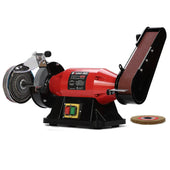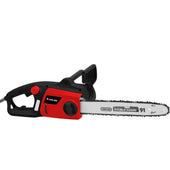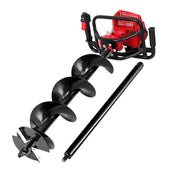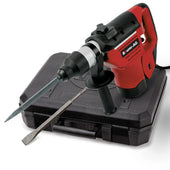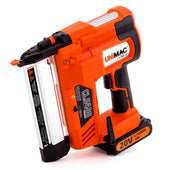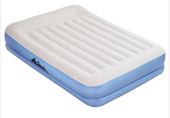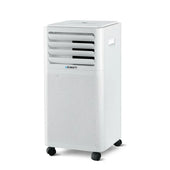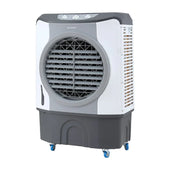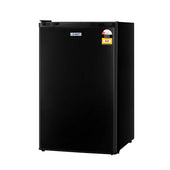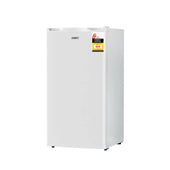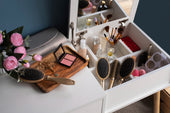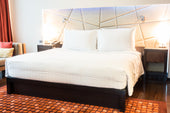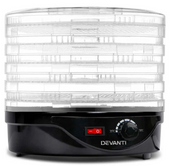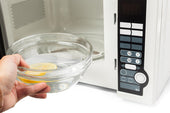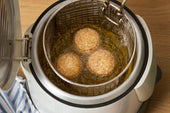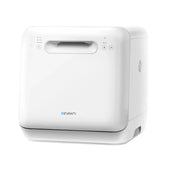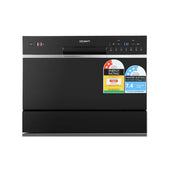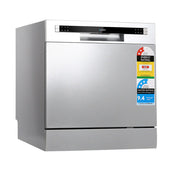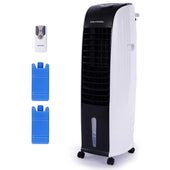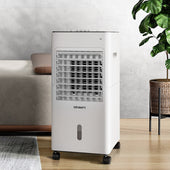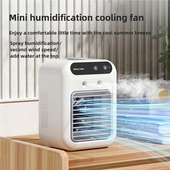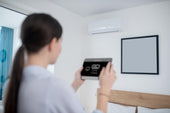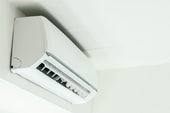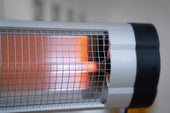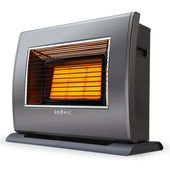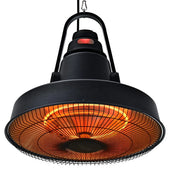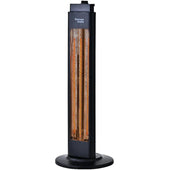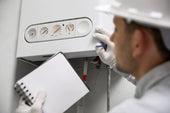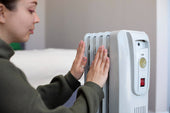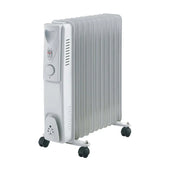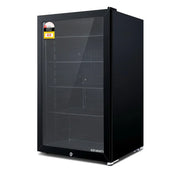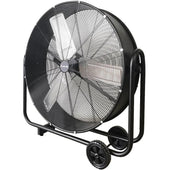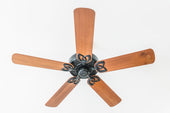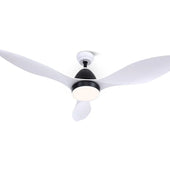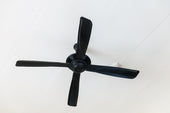Introduction: Why Proper Wine Storage Matters
Proper wine storage plays a crucial role in preserving a bottle’s integrity, flavour profile, and overall quality. Wine, being a delicate beverage, is highly sensitive to environmental factors such as temperature, humidity, and light exposure. These factors can significantly affect the chemical composition of the wine, altering its taste, aroma, and ageing potential.
Maintaining optimal conditions ensures wine matures gracefully and retains its intended characteristics. Without careful storage, wines risk spoilage due to oxidation and other undesirable processes. During Days emphasises that By understanding why these elements matter, individuals can protect their investment and fully enjoy the nuances of their favourite vintages.
The Chemistry of Wine: Understanding Its Sensitivity
The chemical composition of wine makes it highly sensitive to its environment. At the core, wine contains compounds like tannins, acids, alcohol, sugars, and volatile aroma molecules. These elements interact in complex ways, and external conditions can influence their stability and balance.
Oxidation significantly harms wine; it alters flavour, colour, and aroma. Heat accelerates chemical reactions, potentially leading to premature ageing or spoilage. Similarly, light exposure generates harmful compounds, degrading phenolic elements.
Humidity levels influence wine’s cork, with excessive dryness causing shrinkage and air entry. Optimal storage conditions preserve these chemical bonds, allowing wine to flourish in its intended form.
Temperature Control: The Heart of a Wine Fridge
Wine quality is highly sensitive to temperature variations, making precise control paramount in storage. Wine fridges are specially designed to maintain consistent temperatures, typically within the ideal range of 7°C to 18°C. This stability prevents chemical reactions that can alter flavour or aroma in the bottle. Unlike standard refrigerators, wine fridges prioritise gradual cooling to avoid thermal shock, protecting valuable vintages.
- Consistency: Fluctuations in temperature accelerate wine ageing and can degrade quality.
- Dual Zones: High-end models offer separate zones for storing reds and whites at different optimal temperatures.
- Long-Term Storage: Mild cooling is essential to preserve wines intended for ageing.
The precision ensures wine matures gracefully, free from environmental interferments.
Humidity Levels: Preserving Quality and Cork Integrity
Wine storage requires maintaining an optimal humidity range, typically between 50% and 80%. This balance is crucial for protecting corks from drying out, which may cause shrinkage and allow air to seep into the bottle, spoiling the wine. On the other hand, excessive humidity can encourage mould growth on labels and packaging.
Wine fridges are designed with adjustable humidity controls to preserve both the liquid and its packaging. They ensure corks retain their elasticity while preventing external damage. Proper humidity levels also play a vital role in long-term maturation, allowing wines to age gracefully without the risk of premature oxidation or compromise in quality.
UV Light Protection: Keeping Flavour Profiles Intact
Wine’s delicate composition makes it highly susceptible to damage caused by ultraviolet (UV) light exposure. UV radiation accelerates chemical reactions within the wine, breaking down fragile organic compounds responsible for its complex aromas and taste. Over time, this process can distort flavour profiles and reduce overall quality.
Wine fridges are equipped with specialised glass doors, often treated with UV-resistant coatings, to minimise the impact of sunlight. This protective layer ensures that stored bottles remain shielded from harmful rays while maintaining ideal visibility. Proper UV protection allows wines to mature gracefully, preserving their intended characteristics and ensuring an optimal drinking experience for collectors and enthusiasts alike.
How Wine Fridges Differ from Regular Refrigerators
Wine fridges are specifically designed to cater to the unique storage needs of wine, unlike standard household refrigerators. They operate at higher temperatures, usually between 7°C and 18°C, which is ideal for preserving the flavour and quality of wine. Regular refrigerators are much colder, typically set around 1°C to 4°C, which can negatively impact wine storage.
Additionally, wine fridges maintain consistent humidity levels, preventing corks from drying out and allowing optimal ageing. Standard fridges lack precise humidity control, leading to potentially damaging fluctuations.
Another key distinction lies in their vibration levels. Wine fridges use low-vibration technology to prevent sediment disruption in bottles, a feature absent in regular refrigerators.
Energy Efficiency and Modern Wine Fridge Technology
Modern wine fridges have embraced advanced technology to enhance energy efficiency while ensuring optimal performance. These units often utilise compressor-based cooling systems combined with eco-friendly refrigerants that minimise energy consumption and environmental impact. Thermoelectric cooling systems are another popular choice, offering quiet operation and reduced power usage for smaller collections.
Features like insulated walls, UV-resistant glass doors, and intelligent temperature control systems further optimise efficiency by maintaining consistent conditions without undue energy demand. Smart connectivity allows users to remotely monitor and adjust settings, ensuring precision with minimal effort. Manufacturers increasingly adhere to energy standards, helping reduce electricity costs while preserving wine quality.
Optimal Storage for Different Wine Types
Different wine types require specific storage conditions to maintain their quality and flavour profile. Wine fridges are designed to cater to these specific needs, allowing users to customise settings based on wine varietals.
- Red Wines: Red wines thrive in temperatures between 12°C and 18°C. Excessive warmth can speed up ageing, while cooler temperatures may mute their intricate flavours.
- White Wines: Optimal storage for white wines is typically between 8°C and 12°C, preserving their crisp and refreshing characteristics.
- Sparkling Wines: Sparkling wines demand cooler conditions, around 5°C to 8°C, to retain their effervescence and delicate aromas.
- Dessert Wines: Dessert wines benefit from conditions similar to white wines, enhancing their sweet and vibrant notes.
Careful calibration ensures that each wine achieves proper ageing, consistency, and presentation.
The Role of Racking Systems in Long-Term Storage
Racking systems are a fundamental component in wine fridges, designed to support proper wine ageing conditions. By ensuring bottles are stored horizontally, these systems keep corks moist, preventing oxidation and spoilage. They are meticulously engineered to minimise movement, protecting the wine’s delicate sediment balance.
The choice of materials for racks, such as wood or metal, can influence temperature stabilisation and resonance. Adjustable or modular racks offer flexibility in accommodating various bottle sizes, catering to diverse collections.
Additionally, the spacing between racks allows for unobstructed airflow within the fridge, maintaining consistent chilling. High-quality racks safeguard bottle integrity while enhancing accessibility, reducing risks of accidental damage during retrieval.
Luxury vs Practicality: Choosing the Right Wine Fridge
Wine fridges come in a range of styles to suit both luxury seekers and practical consumers. Those prioritising aesthetics may opt for models with sleek designs, touch controls, and LED-lit interiors. However, practicality focuses on features such as adjustable shelves, energy efficiency, and optimal storage capacity.
Wine enthusiasts should consider space constraints and the type of wine collection. Compact units cater to moderate collectors whereas larger fridges support diverse vintages needing specific temperatures. For high-end collectors, dual-zone fridges enable precise cooling for varied wine types.
Making the right choice balances budget, design preferences and functional features harmonised with storage needs.
Maintenance and Cleanliness: Prolonging Fridge Longevity
Proper upkeep of wine fridges is essential to maintain their efficiency and prolong their lifespan. Regular cleaning prevents dust and residue buildup, ensuring optimal airflow and temperature control. Owners can focus on the coils and vents, as clogged components reduce performance.
Key Maintenance Practices:
- Interior Care: Shelves and racks should be wiped with a damp cloth to remove stains, followed by drying to avoid mould.
- Seals Inspection: Gaskets must be checked for wear and cleaned to preserve airtight seals.
- Temperature Calibration: Verify controls periodically to ensure consistent wine preservation.
Employing these measures ensures the fridge operates effectively while safeguarding the wine collection.
Common Misconceptions About Wine Storage Conditions
Misunderstandings about wine storage often stem from traditional practices and generalised advice. Some assume all wines need refrigeration when, in fact, red wines typically fare better at slightly warmer temperatures than whites. Another misconception is that any cool, dark place works perfectly for wine storage, neglecting the importance of consistent humidity and temperature levels.
Many believe significant temperature swings are harmless for short periods, but even brief fluctuations can harm the wine’s quality. Overestimating the longevity of opened bottles, without proper sealing or climate control, is another frequent error. Additionally, some overlook the impact of vibration and UV exposure, both of which degrade wine subtly yet significantly.
Wine Fridges and the Environment: Sustainability Perspective
Modern wine fridges incorporate features to mitigate environmental impact and improve energy efficiency. Most units now use compressors with reduced power consumption and eco-friendly refrigerants, which minimise greenhouse gas emissions. LED lighting inside wine fridges is also more efficient than traditional lights, emitting less heat while reducing energy use.
Sustainable manufacturing practices are emerging, with some brands using recyclable materials and reducing waste during production. Additionally, wine fridges with energy-saving modes help reduce electricity usage without compromising optimal storage conditions. Transitioning to environmentally-conscious models can significantly contribute to sustainability while preserving wine quality.
The Future of Wine Storage: Emerging Innovations
Emerging innovations are redefining how wine enthusiasts store their collections. Smart wine fridges equipped with Wi-Fi connectivity now allow users to monitor temperature and humidity remotely via smartphone apps. Advanced sensors are being integrated, enabling real-time adjustments to environmental conditions.
Sustainability is also influencing wine storage technology. Energy-efficient models featuring inverter compressors are reducing electricity consumption while maintaining precise cooling. Moreover, eco-friendly refrigerants are replacing traditional gases to minimise environmental impact.
Customisable modular wine storage systems are gaining traction, enabling seamless expansion as collections grow. LED UV-blocking lights and advanced air filtration systems offer enhanced protection, preserving wine integrity. These innovations signify a promising future for oenophiles.
Conclusion: Enhancing Your Wine Experience with Science
Understanding the science behind wine fridges allows individuals to elevate their wine storage approach and preserve the delicate balance of flavours. Wine fridges control temperature precision, slowing chemical reactions that lead to spoilage. They also mitigate oxidation risks by maintaining consistent humidity levels, essential for cork integrity and wine longevity.
Advanced refrigeration technologies protect wine from harmful UV rays, while vibration control systems preserve subtle molecular structures. Science-driven innovations make storing wine a tailored process aimed at maintaining optimal quality and character. By integrating these features, wine enthusiasts create ideal conditions for fostering a superior tasting experience.


